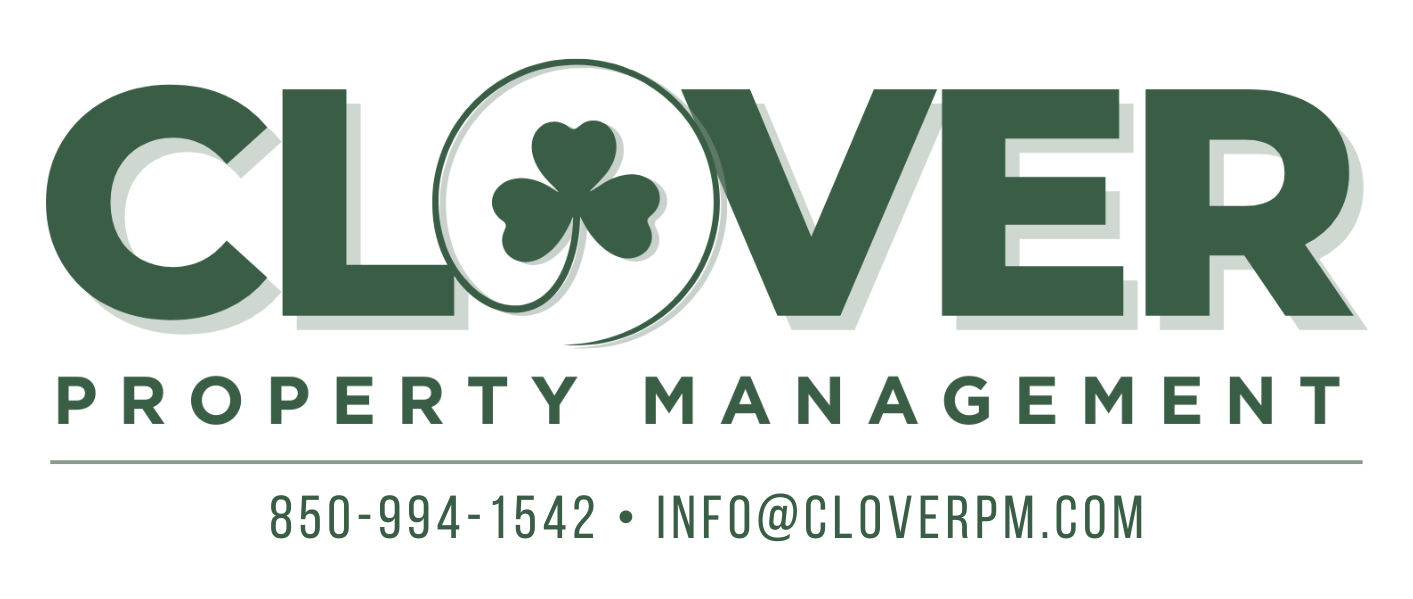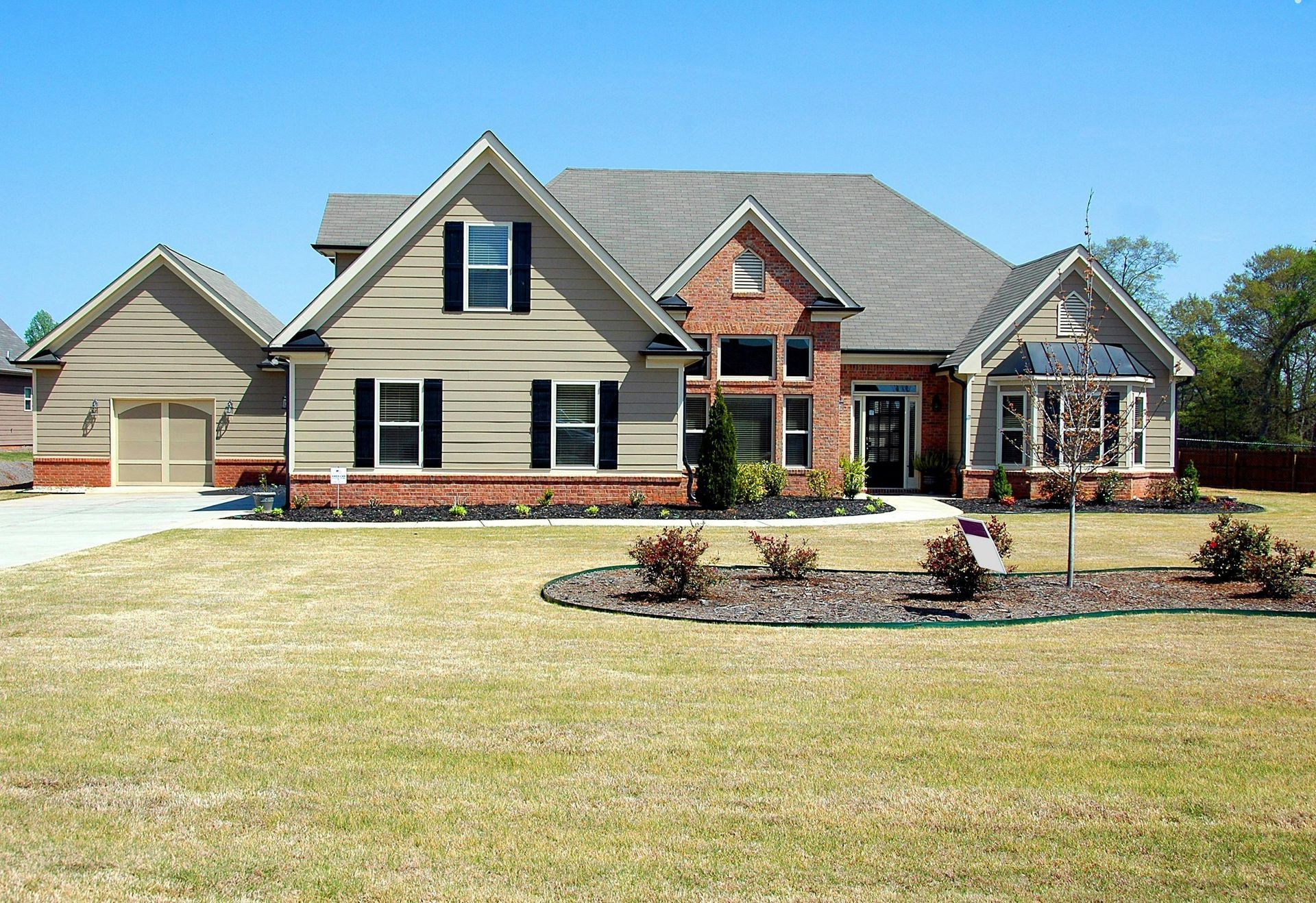PRoperty Management
News and Articles
Clover Property Management Resources

DIY vs. Professional Landlord: Which One Actually Makes More Money? The Real Numbers Behind a Rental Property in Northwest Florida Many homeowners believe self-managing a rental will “save money.” No management fee. No middleman. More profit. But here’s the truth: DIY landlords often make less — not because they’re bad landlords, but because the hidden costs of doing everything yourself can easily outweigh the fee of hiring a professional. Let’s break down the numbers in a simple, practical way. The DIY Landlord: Where the Money Leaks Out DIY owners usually underestimate four major costs: vacancy , pricing mistakes , repairs , and legal errors . Even small gaps in these areas add up fast. 1. Vacancy Every month your home sits empty is money gone for good. In our market, 2–4+ weeks of vacancy is common for overpriced or poorly marketed rentals. Some have sat vacant for months because the pricing wasn't right. If your rent is $1,900: • 1 vacant month = $1,900 lost • 2 vacant months = $3,800 lost A professional manager reduces vacancy dramatically through faster marketing and pricing accuracy. 2. Pricing Mistakes DIY landlords often overprice or underprice. Both cost money. Example: • Overpricing by $150/month → 4 extra weeks of vacancy • Underpricing by $150/month → $1,800/year lost Professionals price based on real-time data — not guesswork. 3. Maintenance Overspending DIY owners often pay “retail pricing” for repairs. Professionally managed homes benefit from volume discounts and trusted vendors. Example: • DIY HVAC repair: $600–$800 • Professional vendor rate: $350–$500 Multiply that over a year, and the savings add up. 4. Legal and Compliance Mistakes Security deposits, notices, and Florida landlord-tenant laws are strict. One mistake can cost far more than a management fee. Examples: • Incorrect 3-day notice • Mishandling a security deposit • Improper lease language • Missed maintenance requirements Legal errors can cost $500–$3,000+ depending on the issue. DIY landlords rarely know the law until they learn the hard way. The Professional Landlord: Where the Money Is Made A professional property manager’s goal is simple: maximize income, minimize loss. Here’s how that happens: 1. Faster Leasing = Less Vacancy Professionally marketed listings rent faster — often 1–2 weeks sooner than DIY listings. If rent is $1,900, that’s $950–$1,900 saved right away. 2. Better Tenant Screening Good tenants pay on time, stay longer, and take care of the home. Professional screening reduces the risk of: • Nonpayment • Evictions • Property damage One avoided eviction can save $3,000–$6,000 . 3. Vendor Pricing Saves Money Vetted vendors and in-house coordination reduce repair costs — and repairs happen faster, which tenants appreciate. 4. Stronger Renewals Professional managers handle renewals strategically: • Updated rent analysis • Negotiated rent increases • Tenant communication A well-handled renewal keeps a good tenant longer — eliminating a full turnover cost. 5. Accurate Rent Pricing Professionals use real-time data to set the right rent the first time. This is one of the biggest factors in long-term profitability. The Simple Math: Who Makes More Money? Here’s a real-world comparison of a $1,900/month rental in Northwest Florida: DIY Landlord (Typical Year) Lost vacancy (3 weeks): -$1,425 Underpricing by $50/month: -$600 Extra repair costs: -$400 Tenant turnover cost (every 2 years): -$800/year average Misc. mistakes, missed rent, etc.: -$300 Total annual loss: -$3,525 Professional Management (Typical Year) Management fee (10%): -$2,280/year Reduced vacancy: +$950 Better pricing: +$600 Fewer repairs: +$400 Longer tenant stays: +$800 Avoided legal issues: +$300+ Net savings with management: +$770/year Net time saved: priceless This isn’t theory — this is how the numbers work for most owners. In many cases, professional management pays for itself , and then some. The Bottom Line DIY management feels cheaper. Professional management is more profitable. If you value: • lower vacancy • better tenants • fewer surprises • legal protection • predictable cash flow • and your time… …professional management wins almost every time. Clover Helps You Make More, Not Spend More 🍀 Faster leasing 🍀 Accurate rent pricing 🍀 Thorough screening 🍀 In-house maintenance coordination 🍀 Legal compliance 🍀 Renewal management 🍀 Clear accounting and reporting Our job is simple: protect your property and maximize your return. Want to See the Actual Numbers for Your Property? Clover Property Management offers a free rental analysis that shows: • What your home should rent for • How quickly it should lease • Your estimated cash flow • Your long-term return potential 📲 Visit www.CloverPM.com or call 850-994-1542 for your free rental income breakdown. Let’s compare DIY vs professional management using your property’s real numbers — and see where you stand.















